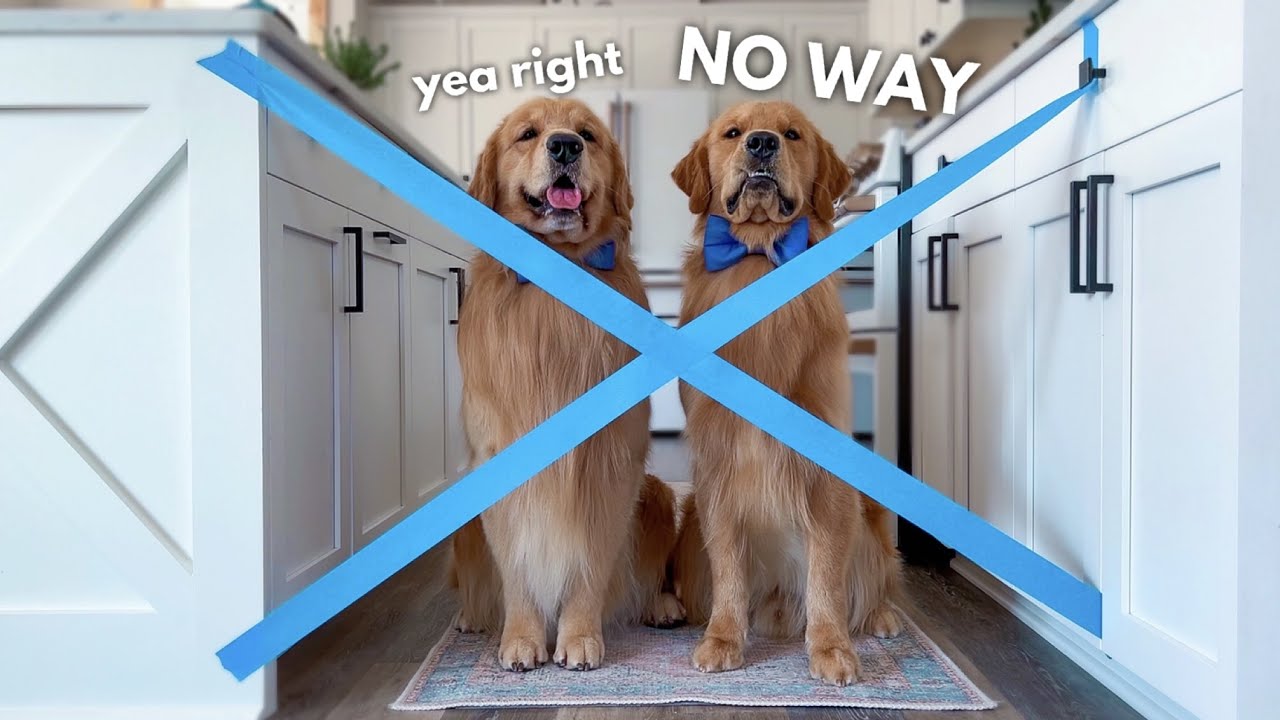The Art of Golden Retriever training: Proven Methods for Success
Introduction
Golden Retrievers are popular and beloved dogs known for their intelligence, loyalty, and friendly nature. But like any other breed, they require proper training to become well-behaved and obedient companions. In this blog, we will explore the art of Golden Retriever training, discussing proven methods for success that will help you build a strong bond with your furry friend.
Why Training is Essential
Training your Golden Retriever is crucial for several reasons. Firstly, it ensures their safety and prevents them from engaging in potentially dangerous behaviors. Secondly, training allows you to establish yourself as the pack leader, fostering a respectful and obedient relationship with your dog. Lastly, well-trained Golden Retrievers are happier and more relaxed pets, as they know what is expected of them and feel secure in their environment.
Proven Training Methods
There are various techniques you can use to effectively train your Golden Retriever. It’s important to remember that consistency, patience, and positive reinforcement are key to successful training sessions. Here are some proven methods to consider:
1. Positive Reinforcement
Golden Retrievers respond exceptionally well to positive reinforcement, which involves rewarding your dog with treats, praise, or playtime when they exhibit desired behaviors. This could be sitting, lying down, or following commands. Using treats as rewards is especially effective, as it appeals to their food-oriented nature.
2. clicker Training
Clicker training is a technique that involves using a clicker to associate it with rewards. Start by clicking the clicker followed by immediately offering a treat to your Golden Retriever. This method helps to reinforce specific behaviors, making it easier for your dog to understand what you expect from them.
3. Crate Training
Crate training is highly beneficial for Golden Retrievers, as it provides them with a safe and comfortable space that they consider their den. Introduce the crate gradually, making it enticing by placing treats, toys, and bedding inside. Over time, your dog will associate the crate with positive experiences, making it easier to train them to stay inside and remain calm.
4. Socialization
Early socialization plays a vital role in Golden Retriever training. Expose your dog to various environments, people, and other animals to help them become well-rounded and calm in different situations. Taking them to dog parks, obedience classes, or organizing playdates can aid in their socialization process.
5. Consistency and Patience
Consistency and patience are key throughout the training process. Dogs thrive on routine, so ensure that commands and expectations remain consistent. Remember, dogs do not understand human language, so patience is essential. Keep training sessions short, fun, and end on a positive note to maintain your Golden Retriever’s enthusiasm.
Frequently Asked Questions (FAQs)
Q1: How long does it take to train a Golden Retriever?
A1: Training time varies based on the individual dog’s temperament and the consistency of training. On average, it takes around six months to a year for a Golden Retriever to learn basic commands and develop good behavior. However, training should be an ongoing process throughout your dog’s life to reinforce and maintain their skills.
Q2: Can Golden Retrievers be trained off-leash?
A2: Yes, Golden Retrievers can be trained to follow commands off-leash. However, this level of freedom requires extensive training and trust between the dog and the owner. It is important to ensure a safe and controlled environment when first attempting off-leash training and always obey local laws and regulations.
Q3: What if my Golden Retriever exhibits behavioral issues?
A3: If your Golden Retriever exhibits behavioral issues that you’re struggling to address, it is best to consult a professional dog trainer or a canine behaviorist. They can evaluate the situation, provide tailored guidance, and create a behavior modification plan specific to your dog’s needs.
References
– Dunbar, I. (1986). How to Teach a New Dog Old Tricks. Howell Book House.
– Dog Training – Methods and Techniques: Positive Reinforcement Training. American Kennel Club. (https://www.akc.org/dog-owners/training/positive-reinforcement-training/)
– Daly, F. H. (2000). Golden Retrievers for Dummies. Wiley Publishing.
















